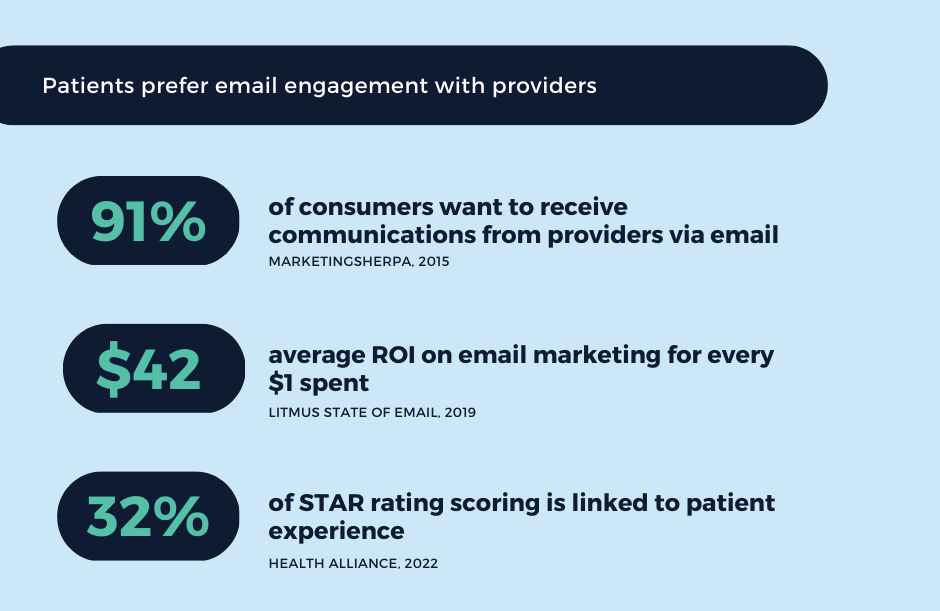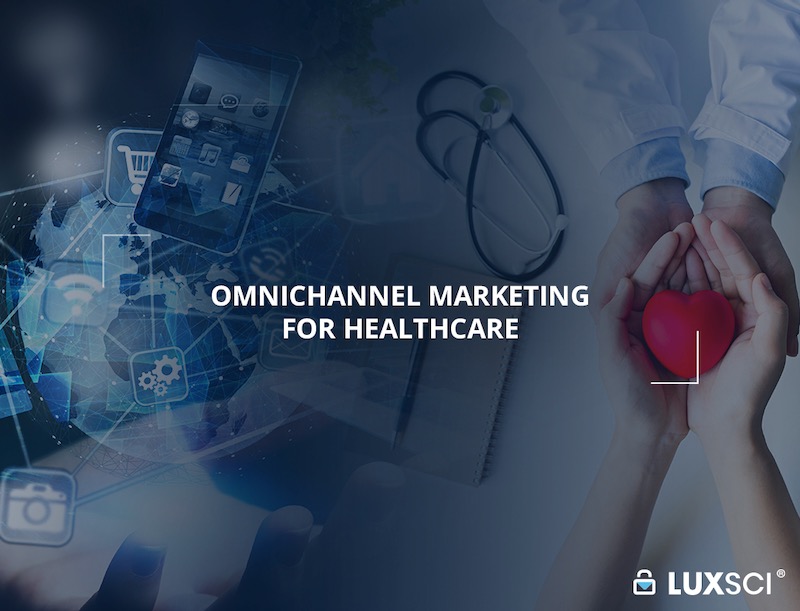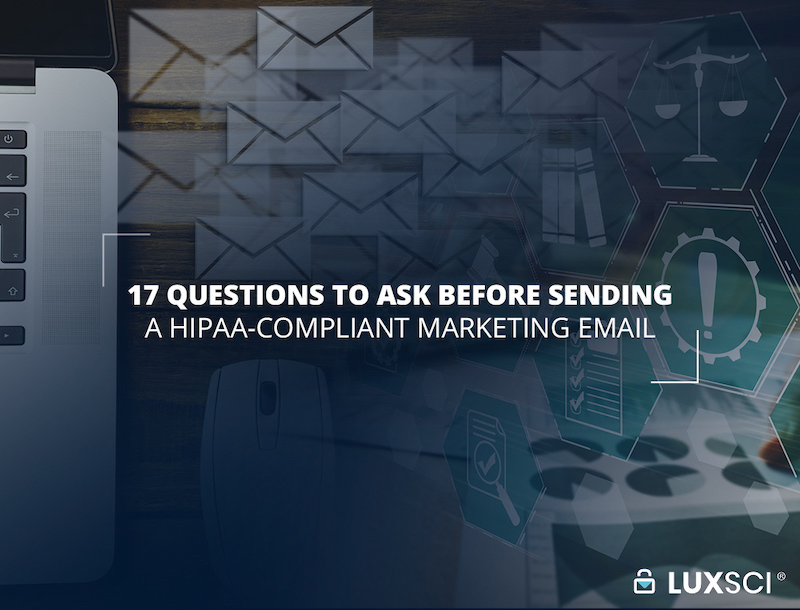The PHI Difference in Healthcare Marketing
Sunday, December 22nd, 2024Healthcare marketers are facing complex challenges with serious stakes. Unlike in other industries, healthcare marketers share messages that can impact people’s health and livelihood. Creating the most effective messaging needs to be a priority for healthcare marketing teams. Using first-party data is one way to make a major difference in your marketing efforts. Marketers can craft highly targeted campaigns using protected health information (PHI) to deliver better results for patients.
First-Party Data for Healthcare
In some ways, healthcare marketers are at an advantage because of the amount of first-party data they can access. First-party data is information a company collects directly from its customers. The company owns this data and can verify its authenticity. Marketers can use data like digital interactions, purchase history, and preferences to create experiences that cater to an individual’s interests. In the healthcare industry, first-party data goes way beyond digital interactions. Information about health statuses, diagnoses, and recent patient visits can all be incorporated into marketing campaigns to guide patients on their journey to better health.
Marketers in other industries know that first-party data achieves the highest return on investment of any data type. In 2020, Google partnered with Boston Consulting Group to study how brands succeed with first-party data strategies. The report found that businesses using first-party data for key marketing functions achieved up to a 2.9 times revenue uplift and a 1.5 times increase in cost savings. In addition, as data privacy restrictions grow and third-party cookies are phased out, marketers need more control over their data sources to ensure compliance.
Why Use PHI in Healthcare Marketing?
When healthcare organizations use PHI to segment their email lists and personalize campaign content, they experience better results. Using a HIPAA-compliant email marketing solution allows marketers to leverage the data and information they have about patients to increase engagement. When using PHI, there are so many ways to customize email content that can deliver impressive results.
It makes intuitive sense. What would you prefer- frequent emails about products and services you don’t want, or consistent emails that relate to your goals and interests? It’s an easy decision. No one likes to be annoyed by pointless emails. Using information about your patients’ health statuses and goals to craft personalized messages increases patient satisfaction and retention, while also improving engagement.
As discussed above, healthcare patient data is an excellent source of first-party data that is more comprehensive than the information gathered in other industries. However, healthcare marketers face another hurdle. In addition to getting patient consent to use this data for marketing purposes, organizations are also strictly governed by HIPAA compliance regulations that restrict the use of PHI.
The Challenge For Healthcare Marketing: HIPAA Compliance
So what can healthcare marketers do to surmount this obstacle? First, they must understand the regulations surrounding the transmission of protected health information (PHI). Responsible healthcare marketers must comply with HIPAA when utilizing patient data in their marketing efforts.
Most marketers rely on some sort of email marketing software, CRM, or CDP to manage their marketing campaigns. However, not all platforms are able to meet HIPAA’s stringent requirements. A simple approach to evaluating marketing software for HIPAA compliance focuses on three crucial aspects:
- Sign a Business Associate Agreement (BAA)
- Securely Store Data
- Securely Transmit Data
First, any third party with access to PHI must sign a Business Associates Agreement to govern how the information will be secured and what happens in case of a breach. If they will not sign a BAA, the software should not be used to store or process PHI.
However, signing a BAA alone is not enough. Understanding the terms of service and what the provider allows is essential. If their terms of service forbid you from sending PHI, it could put your organization at risk. It’s also important to review how the data will be secured at rest and in transit. When storing patient health data in a marketing application, consider how it will be protected. Simply put, you must ensure that all PHI is encrypted and can only be accessed by people with the appropriate keys.
If protected health information is transmitted outside of the database or application via email, encryption must also be used to protect the data in transmission. At a minimum, TLS encryption (with the appropriate ciphers) is secure enough to meet HIPAA guidelines. However, many applications do not offer transmission encryption that is secure enough to comply with HIPAA. You should only send communications containing PHI if they are encrypted.
Conclusion
Using PHI data in your healthcare marketing efforts can yield improved results. However, this approach requires careful vetting and planning by your marketing and compliance teams to ensure data is secured under HIPAA regulations. To learn more about HIPAA-compliant marketing solutions, contact LuxSci today.











